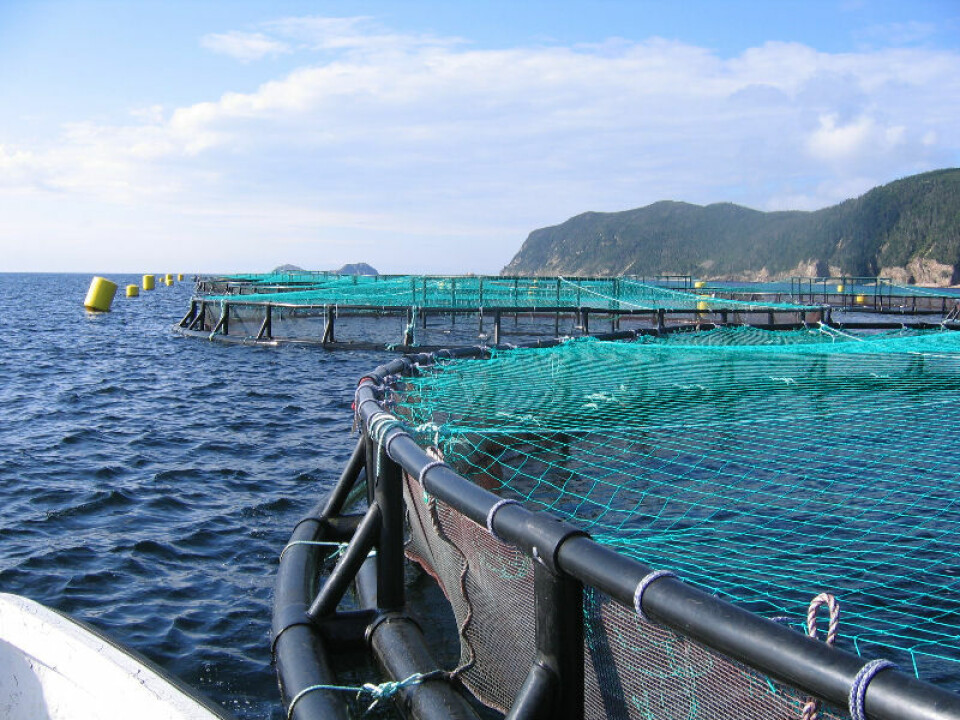
Emphasis on escape committee
New aquaculture regulations in Atlantic Canada aim to improve the means of tracing salmon that have escaped from the province's fish farms.
As part of the new containment management rules for finfish aquaculture in Nova Scotia, an advisory committee of industry and stakeholder representatives will provide advice on a practical way to trace the origin of escaped salmon.
“When we launched new aquaculture regulations in the fall I committed to find a reliable way to trace escaped salmon as part of our responsible approach to developing the industry,” Fisheries and Aquaculture Minister Keith Colwell says. “I’m taking the first step to do that by appointing this advisory committee to recommend a sound method to trace escaped salmon back to its point of origin.”
The committee will have a year to consider options and provide advice to the department on a workable approach that would be factored into policy and regulations for the industry. It will consider best practices from other jurisdictions in preparing its recommendations.
The group is being chaired by Carl Purcell of the Nova Scotia Salmon Association and includes members from the angling community, aquaculture operators and the provincial and federal governments.
“This is a first step where government, industry and wild Atlantic salmon conservation groups are working together to develop a system to trace the paths of escaped farmed salmon from the cage to the river. Escapees are a worldwide concern wherever there are marine salmon farms. Nova Scotia can become a world leader in this field and develop a tracing system that could be used globally,” said Purcell.
“I would like to thank the committee members for agreeing to work on this important issue as we build public trust in the ability of aquaculture to develop in an accountable way,” Colwell says. “I've made it very clear we are committed to a transparent approach to managing the development of this sector. That includes our approach to tracing escaped salmon.”
Aquaculture is worth more than $60 million to the provincial economy and directly employed more than 600 people in 2014.
Nova Scotia introduced new aquaculture regulations covering licensing and leasing, fish health and environmental monitoring this past fall.






















































